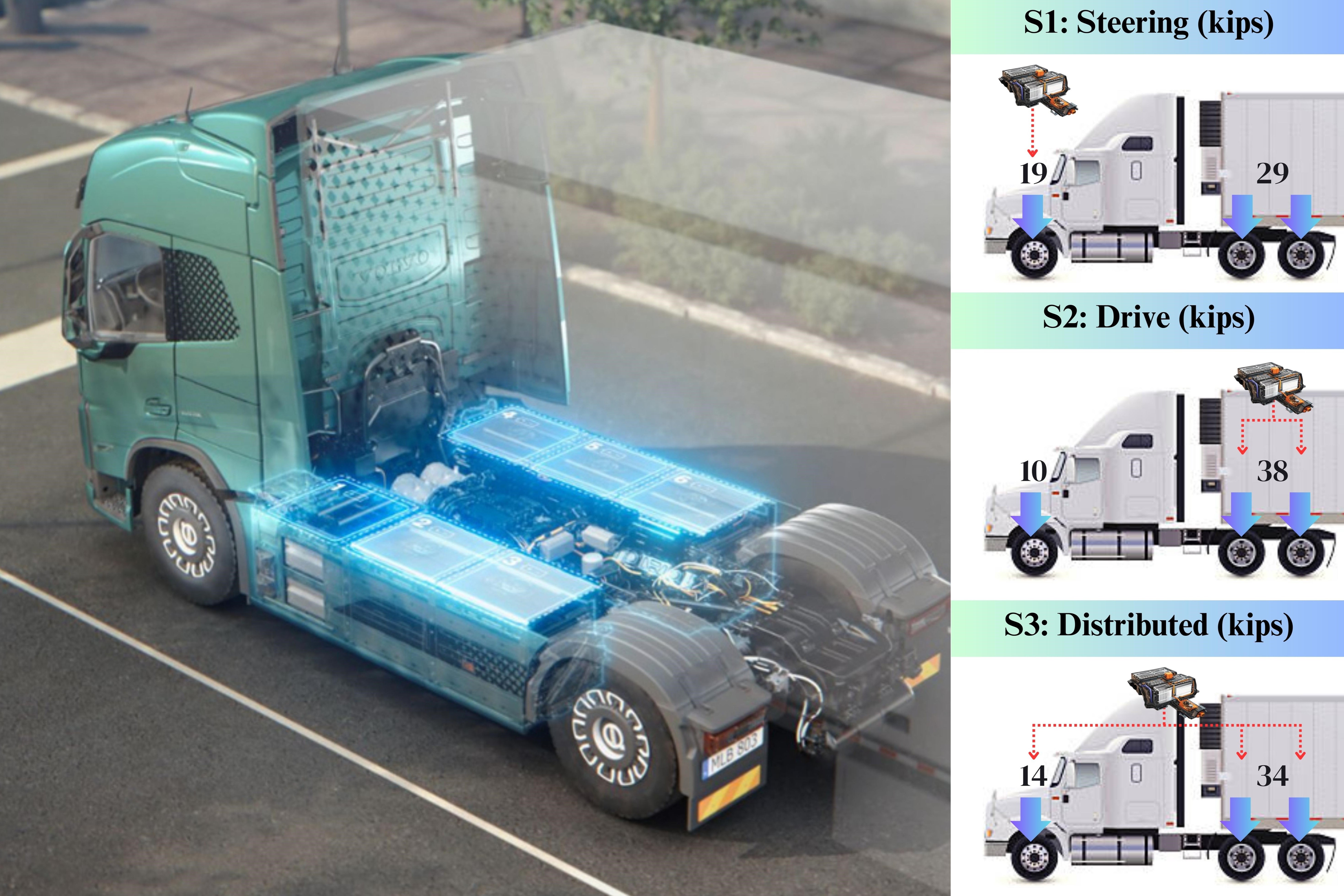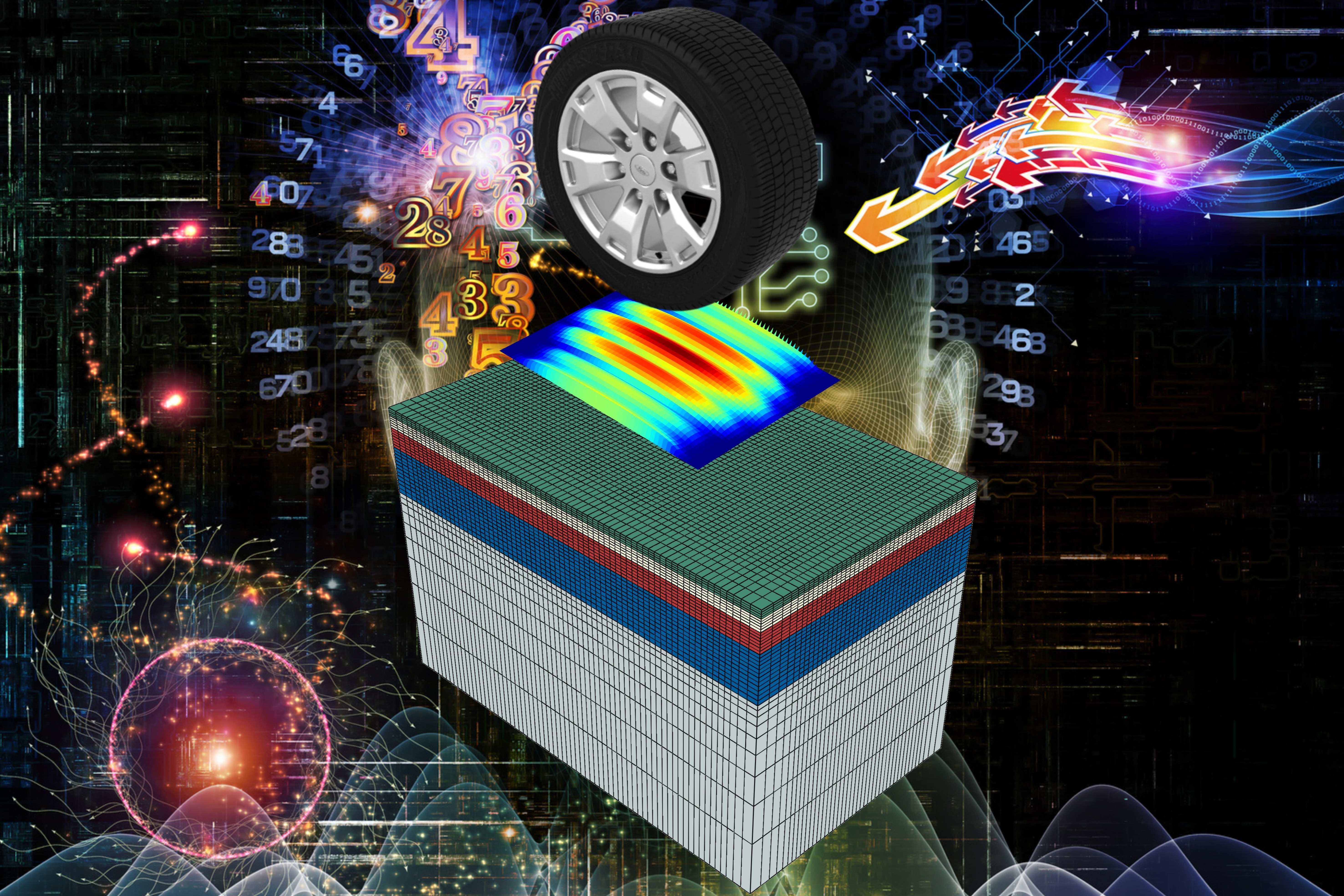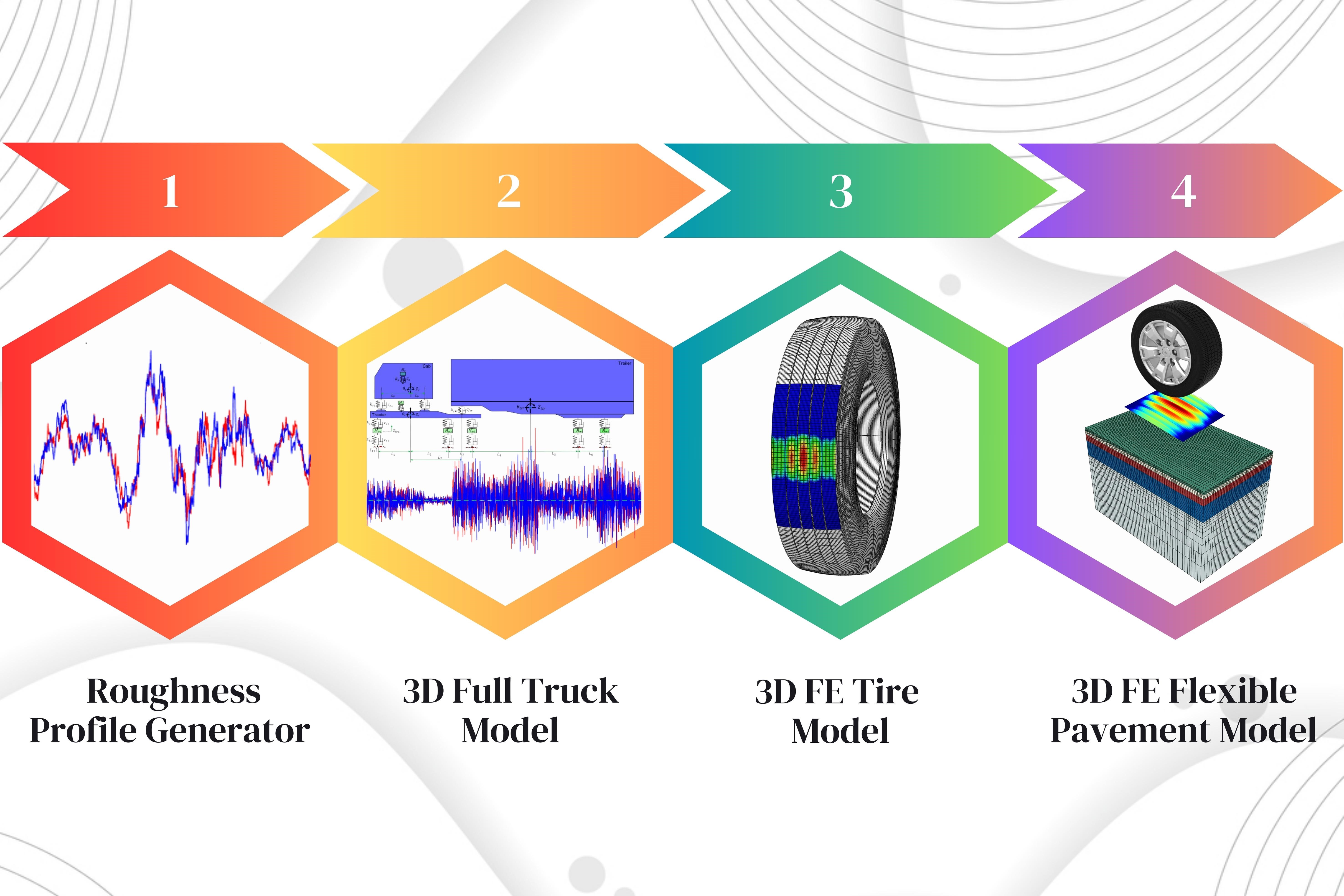Building Machine-learning-based Prediction Models for Computationally Efficient Airfield Pavement Analysis
Principal Investigator: Imad L. Al-Qadi
ICT-R27-XXX is being conducted in cooperation with the Illinois Center for Transportation (ICT), and the U.S. Department of Transportation, Federal Aviation Administration (FAA).
Objective
This project aims to combine field data from various sections to develop more generalized prediction models. In addition to field tests, FAA has developed wide-ranging data sets based on in-house accelerated pavement testing (APT). The research team is exploring the APT data sets and investigating possible data fusion techniques to combine APT with in-situ data sets, which include response data obtained from actual airfield instrumentation. The combination incorporates various material properties, climatic conditions, and gear loadings. Such data fusion techniques will allow the development of general prediction models that may eventually be used in lieu of airfield pavement mechanistic analysis approaches.
Project Deliverables
The expected outcomes of this project are: i) Development of a database combining APT and airfield instrument responses , and ii) Development of an airfield pavement response prediction model based on a state-of-the-art ML/Artificial Intelligence approach. The research approach follows the next major tasks:
- Task 01: Exploration of Databases
- Task 02: Data Fusion
- Task 03: Experiment Design and Data Preprocessing
- Task 04: Predictive Model Development
- Task 05: Tool Integration
- Task 06: Prepare Final Report
Progress
- Task 01: Completed the exploration of databases. Unfortunately, most of the information was found to not be reliable.
- Task 02: Completed Data Fusion. Reviewed datasets were compiled after pre-processing the databases. It was decided that synthetic data is needed to strengthen the prediction model. Selected datasets were used to calibrate a state-of-the-art FEM arfield pavement model.
- Task 03: Partially Completed Experiment Design and Data Preprocessing. Based on the tested sections, numerical simulations are being conducted to generate synthetic data. The strain, stress and displacement fields are being extracted for each simulation.
- Task 04: Partially Completed Predictive Model Development. A physics-informed Machine Learning algorithm has been selected for this purpose. The algorithm is currently being trained using highway pavement cases, to later extend the training including the airfiled pavement synthetic data.
Instead of predicting the maximum field responses from the output of the simulations, the approach will be to utilize the node responses throughout the domain to predict the displacement/strain/stress field under a given set of conditions. Because the loading history plays an impactful rol on flexible pavement behavior, each time step of the simulations constitute a rich source of information. Fig. 1 illustrates the response of a flexible pavement to a wheel loading. From the deformed configuration, we can extract the nodal responses to train the ML algorithm.
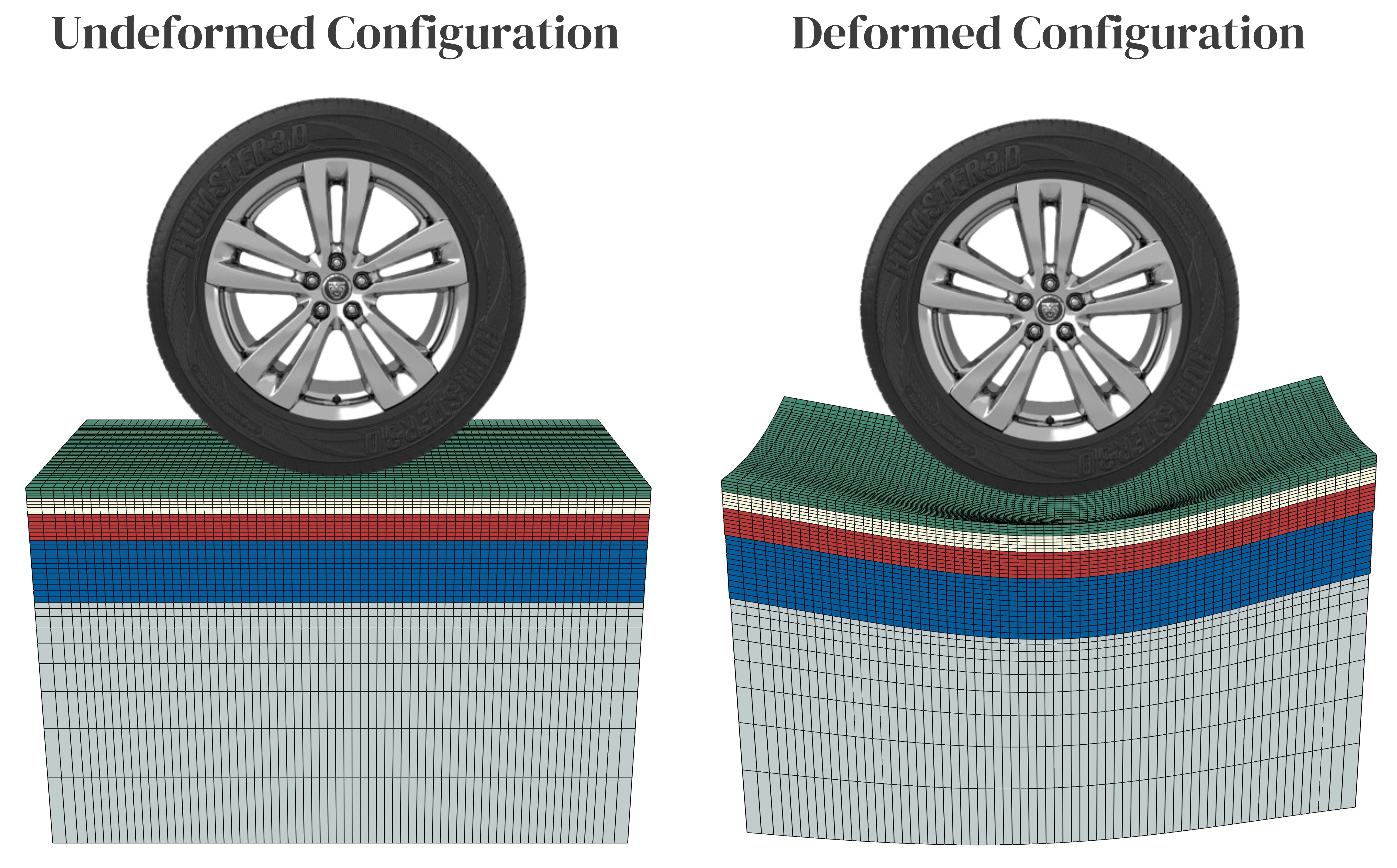
Fig 1. Flexible Pavement Response to Wheel Loadings
Because an FEM aircraft tire model has not been yet developed, the contact-stress distribution has been predicted adjusting the geometry of a truck tire, which was readily available and has been previously developed, calibrated and validated by ICT researchers. Simulations are being conducted using a decoupled model, where the tire-pavement contact stress is found by solving the contact problem independently from the pavement response. Once the contact stress distribution becomes a known variable, the pavement response can be found by solving a dynamic analysis problem. Fig. 2 illustrates the components of the numerical simulation.
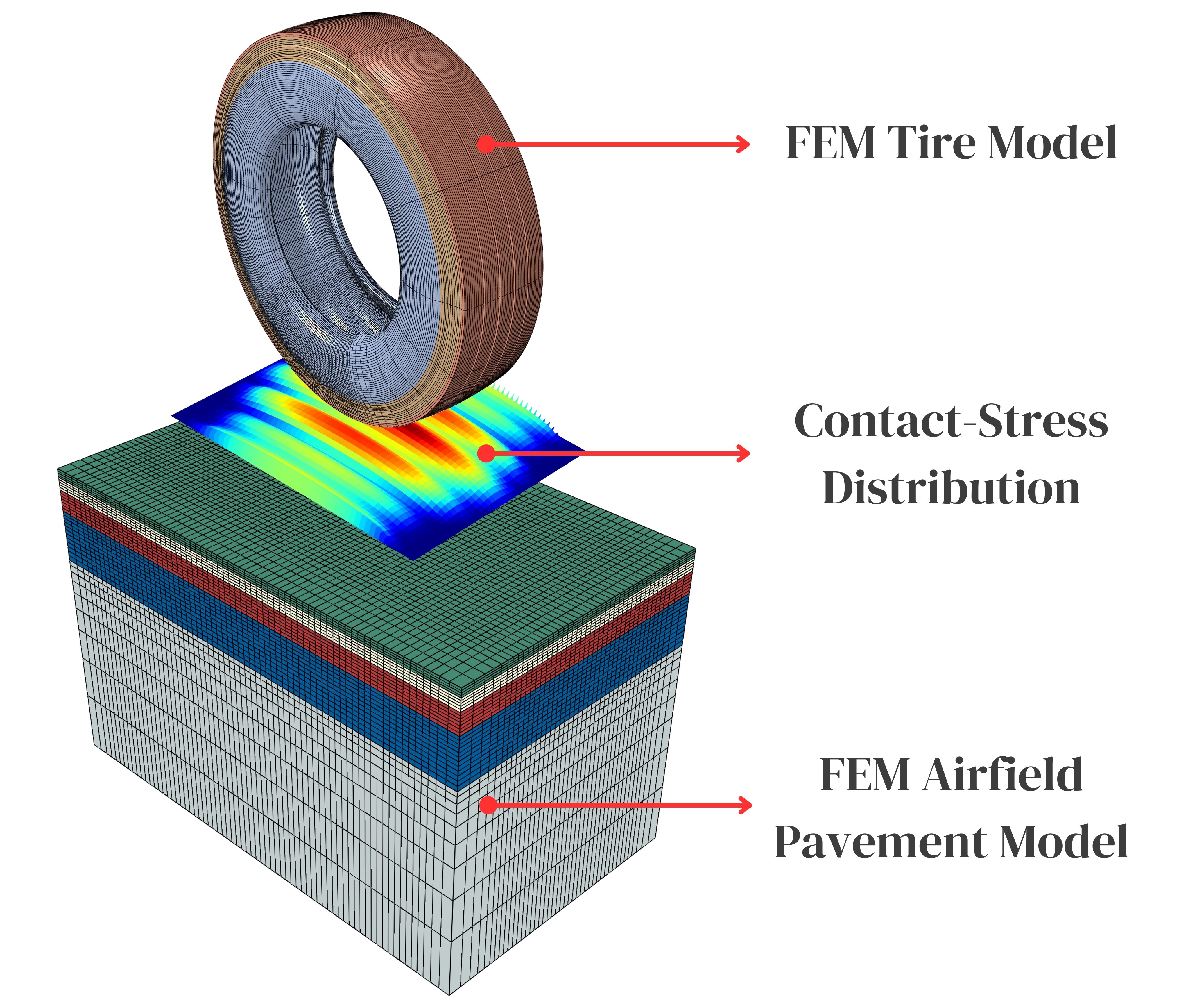
Fig 2. Components of Airfield Pavement Numerical Simulation
Preliminar Findings
- Only selected datasets coming from the pressure cells and strain gauges of Construction Cycle 7 (CC7) were found reliable to calibrate the FEM arfield pavement model.
- Due to the configuration of the aircraft loading (spacing), simulating only half of the gear configuration led to significant differences in the response of thick pavement structures when compared to the full configuration. Therefore, the latter is being simulated. This in turn, led to a need for optimizing the FEM model. Angeli Jayme, lead of the FEM team of this project, is currently working on the development of what we call the "Load Pass Approach", while I am focusing on running the simulations and extracting the nodal responses. .
Last updated on August 14th, 2023
